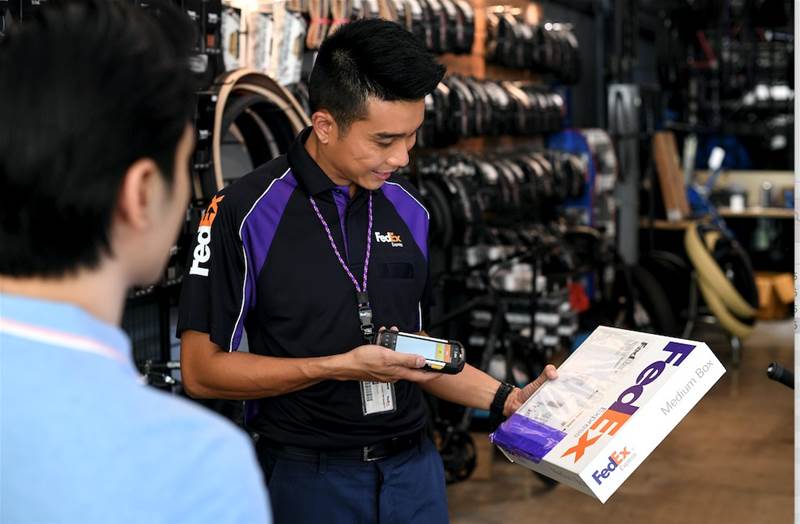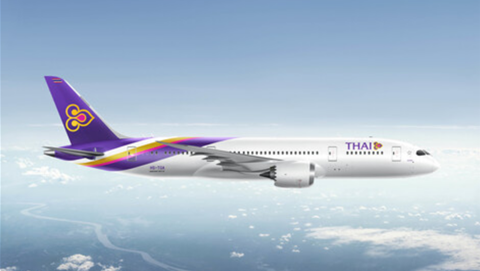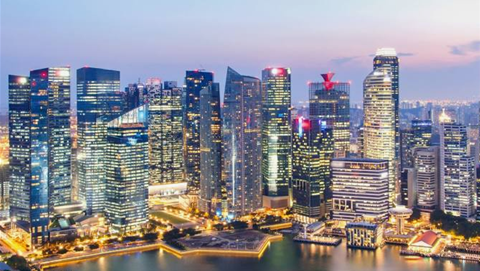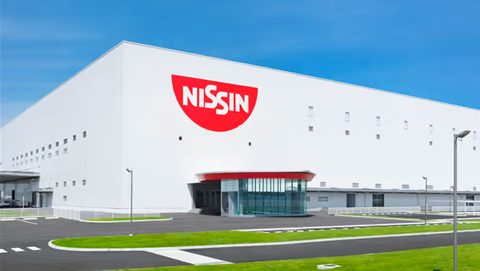To stay on the leading edge of sustainability, logistics providers are continually leveraging new technologies, such as AI and real-time monitoring, and piloting and implementing advanced use cases in their operations.
Across the Asia Pacific, how are logistics providers embracing new tech to serve their customers?
To learn more, iTNews Asia speaks with Salil Chari, Senior Vice President, Marketing and Customer Experience, Asia Pacific, FedEx, to discuss the rapidly changing supply chain landscape, what it is doing to overcome logistics pain points the industry faces, and to find out how FedEx is modernising its technology infrastructure to become more efficient and agile.
iTNews Asia: Can FedEx describe the changing logistics and supply chain landscape across the Asia Pacific region?
Chari: The logistics and supply chain landscape in the Asia Pacific (APAC) region is undergoing significant transformation. Businesses are increasingly focusing on diversification to mitigate risks arising from geopolitical uncertainties and natural disruptions. Recent data indicates a robust performance for air cargo highlighting APAC’s essential role in global manufacturing. While China continues to be a major production hub, several Southeast Asian markets like Vietnam, Thailand, and Malaysia are expanding their presence in sectors such as electronics, automotive, and renewable energy.
Diversifying sourcing strategies by engaging multiple suppliers across different markets helps in managing potential disruptions more effectively. Additionally, the growth of intra-Asia trade, especially between China and ASEAN markets, is driving demand for more resilient and efficient logistics solutions such as streamlined processes, efficient customs handling, and reliable last-mile delivery are essential as businesses adapt to the evolving supply chain dynamics.
FedEx, for instance, enhances its service offerings regularly to cater to evolving trade flows, including international day-definite shipping with new flight routes and enhanced digital tools for e-tailers. Indeed, the growth of the e-commerce sector is a key driver in this evolution, with mobile internet penetration in the region expected to reach 61 percent by 2030.
This surge is prompting e-commerce businesses to innovate through personalised customer offerings and enhance last-mile delivery capabilities to meet the increasing demand for rapid and reliable shipping.
We also see sustainability as a central focus, with rising consumer expectations pushing companies to adopt more sustainable supply chain practices. Efforts towards carbon-neutral operations and the integration of energy-efficient technologies are becoming standard as businesses strive to balance operational efficiency with environmental responsibility.
iTNews Asia: How difficult is for logistics providers like FedEx to ensure the speed and accuracy during last-mile deliveries?
Chari: Several factors may complicate last-mile delivery: delivering a package precisely where and when a customer expects - particularly in dense urban areas, across borders, or in rural areas without established addresses requires a network built over decades.
Ensuring efficient and precise last-mile delivery across APAC is both complex and essential, particularly as the e-commerce sector experiences rapid growth. To support APAC businesses in reaching customers across major markets like the US and Europe, we have expanded our services and enhanced our digital tools to simplify global order management for e-tailers. This enables seamless paperwork and shipment processing directly from online orders, which helps them further save time and resources.
There is no doubt that ensuring speed and accuracy in last-mile deliveries is a complex yet critical aspect of logistics, especially with the rapid growth of region’s e-commerce sector. The increasing consumer demand for quick and reliable shipping necessitates advancements in delivery methods and technological integration.
In urban areas, for example, innovative solutions such as electric tricycles can navigate narrow streets more efficiently than traditional delivery vehicles. Additionally, the use of digital tools that incorporate GPS and real-time traffic data can optimise delivery routes and schedules, thereby enhancing overall efficiency.
Consumers now expect greater convenience and transparency in the delivery process. Real-time parcel tracking and flexible delivery options are becoming standard expectations. Technologies that provide visual confirmation upon package arrival and extensive networks of customer pickup points, including smart lockers and retail outlets, offer added flexibility for consumers to manage their logistics according to their preferences.
Balancing these expectations requires a robust logistical network supported by advanced digital solutions. Logistics providers can leverage real-time data and optimising delivery processes to meet increasing demands of their consumers while maintaining operational efficiency.
iTNews Asia: How is FedEx modernising its technology infrastructure or using technology in its business transformation?
Chari: We are transforming towards a smarter, more efficient logistics network. With nearly 17 million shipments moving daily through our network, our scale allows us to leverage real-time data insights to track emerging patterns and proactively enhance our service offerings.
Our aim is to provide seamless logistics solutions that can help simplify global supply chains across all industries. To do this, we are focusing on leveraging data, advanced analytics, and automation to digitise supply chains and improve the shipping experience. For instance, AI can enhance tasks such as customer profile matching and tariff classification in customs clearance, increasing accuracy, shortening wait times, and minimising delays in cross-border shipping.

By continuously implementing intelligent automation, we are creating an efficient and resilient logistics network that adapts to market changes. For example, in terms of hardware, our AI-powered robotic sorting arm at our Singapore hub can now sort up to 1,000 packages per hour with an accuracy rate of 98.5 percent. This significantly accelerates our sorting processes and reduces our delivery times.
- Salil Chari, Senior Vice President, Marketing and Customer Experience, Asia Pacific, FedEx
To meet growing import demand, we’ve also unified various clearance requirements into a tool which provides real-time visibility, updates on shipments and streamlines customs processing on a single platform, enabling smooth, predictable operations and compliance with local regulations.
Additionally, our AI-powered chatbot improves customer interactions by addressing routine inquiries, allowing our support team to focus on more complex questions and resulting in quicker resolutions
iTNews Asia: Can you share more about the new tech solutions or advanced technologies being deployed?
Chari: Advanced, data-driven technologies are being leveraged to address various supply chain challenges in the transport industry. Integrated commerce solutions are emerging, which unify the customer journey from demand to delivery and return, utilising data analytics to streamline operations and optimise supply chains with actionable insights.
For high-value and sensitive shipments, real-time tracking solutions are being deployed to provide critical updates and enhance supply chain visibility. Predictive analytics and sensor technologies are enabling businesses to closely monitor shipments, anticipate disruptions, and make informed decisions to minimise transit-related issues.
API integrations and seamless data exchange between different systems are also improving operational efficiency by streamlining processes such as order management, tracking, and delivery updates. These technological advancements are enhancing visibility throughout the logistics network.
iTNews Asia: How does FedEx achieve a balance between operational efficiency and sustainability in its supply chains?
Chari: Our vision to “make supply chains smarter for everyone” naturally aligns with pursuing greater efficiency and sustainability within our own network. Our goal is to achieve carbon-neutral operations by 2040, and we are implementing initiatives such as vehicle electrification to work toward this target.
In China, nearly 20 percent of our ground fleet is already electric. Globally, FedEx is working toward a goal of 100 percent of parcel pickup and delivery vehicle purchases being zero-tailpipe emission electric vehicles by 2030.
We have also opened new energy-efficient facilities in markets like Singapore, China and Australia with energy-efficient electrical fixtures and automatic lighting controls to reduce electrical consumption. Our FedEx Incheon Gateway in Korea, for example, features water capture systems and energy-efficient lighting supplying approximately 19 per cent of the facility’s energy needs per month.
In aviation, we have pledged US$100 million to the Yale Centre for Natural Carbon Capture to accelerate research into large-scale carbon sequestration methods based on the Earth’s natural processes to help offset greenhouse gas emissions equivalent to those from current airline operations.
Our commitment to sustainability also extends to various aspects of our operations, including vehicle electrification, packaging, fuel conservation, aircraft modernisation and more efficient facilities. Our customers can also benefit from our cloud-based tool to predict CO2 emissions at both the package and account levels. This tool leverages our data across our network, among other inputs, to provide reports on estimated emissions for eligible shipments.










